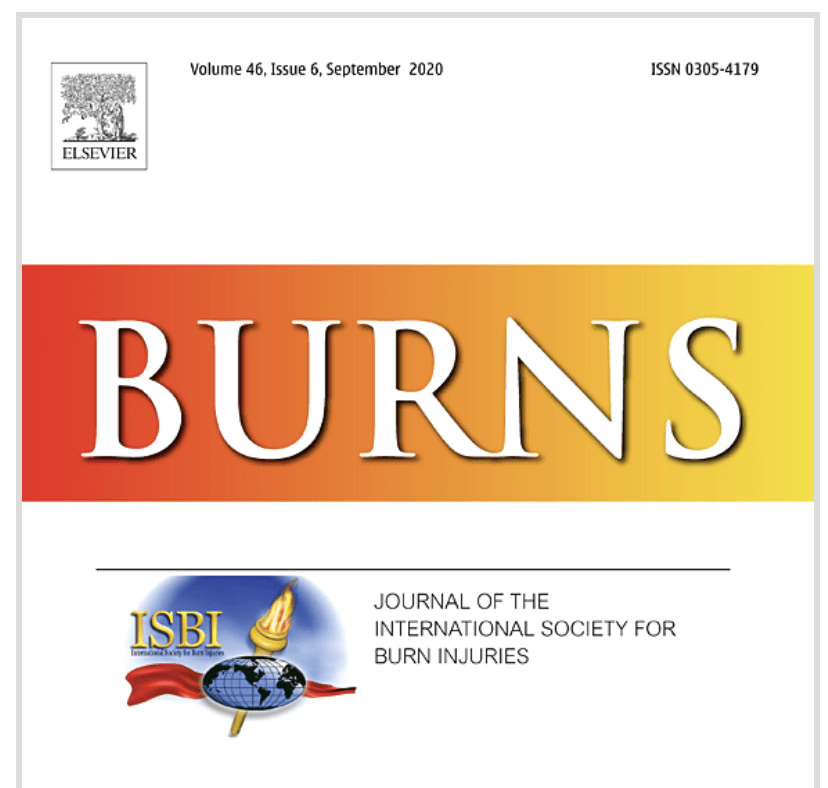 Recientemente ha sido aceptada y publicada en la versión online de la revista especializada en el tratamiento de quemados, la publicación científica en la cual ha colaborado todo el equipo de Institut Ruiz Castilla.
Recientemente ha sido aceptada y publicada en la versión online de la revista especializada en el tratamiento de quemados, la publicación científica en la cual ha colaborado todo el equipo de Institut Ruiz Castilla.
Soluble suppression of tumorigenicity-2 predicts pneumonia in patients with inhalation injury: Results of a pilot study
El objetivo del estudio fue analizar si mayores concentraciones de marcadores inflamatorios o de biomarcadores de lesión epitelial, se asocian con una mayor incidencia de neumonía en pacientes con lesión por inhalación.
Abstract
Introduction
Several mechanisms play a role in the development of pneumonia after inhalation injury. Our aim was to analyze whether higher concentrations of inflammatory markers or of biomarkers of epithelial injury are associated with a higher incidence of pneumonia in patients with inhalation injury.
Material and methods
Secondary analysis of a single-center prospective observational cohort pilot study, performed over a two-year period (2015–2017) at the Burns Unit of the Plastic and Reconstructive Surgery Department of Vall d’Hebron University Hospital. All patients aged 18 with suspected inhalation injury requiring admission to the Burns Unit were included. Plasma biomarkers of the lung epithelium (RAGE and SP-D), inflammation markers (IL6, IL8), and IL33, as well as soluble suppression of tumorigenicity-2 (sST2) levels, were measured within the first 24 h of admission.
Results
Twenty-four patients with inhalation injury were included. Eight (33.3%) developed pneumonia after a median of 7 (4–8) days of hospital stay. Patients with pneumonia presented higher plasma concentrations of sST2 (2853 [2356–3351] ng/mL vs 1352 [865–1839] ng/mL; p < 0.001), IL33 (1.95 [1.31–2.59] pg/mL vs 1.26 [1.07–1.45] pg/mL; p = 0.002) and IL8 (325.7 [221.6–430.0] pg/mL vs 174.1 [95.2–253.0] pg/mL; p = 0.017) on day 1 of inclusion. Plasma sST2 concentration in the first 24 h demonstrated excellent diagnostic accuracy for predicting the occurrence of pneumonia in patients with smoke inhalation (AUROC 0.929 [95%CI 0.818–1.000]). A cutoff point of ≥2825 ng/mL for sST2 had a sensitivity of 75% and a specificity of 100%. The risk ratio of pneumonia in patients with sST2 ≥ 2825 ng/mL was 7.14 ([95% CI 1.56–32.61]; p = 0.016).
Conclusions
Plasma sST2 in the first 24 h of admission predicts the occurrence of pneumonia in patients with inhalation injury.

